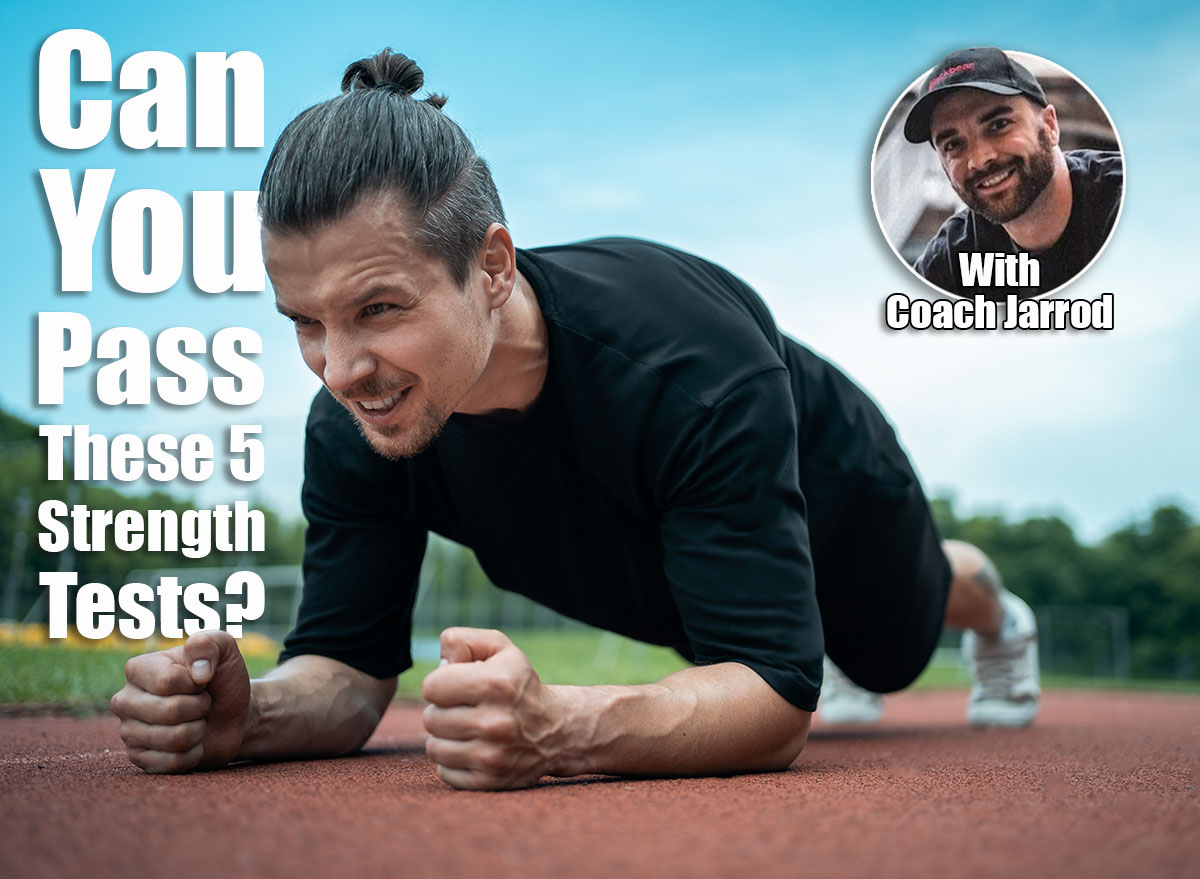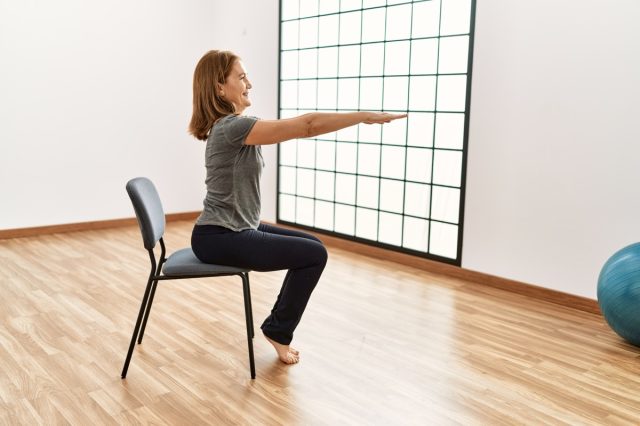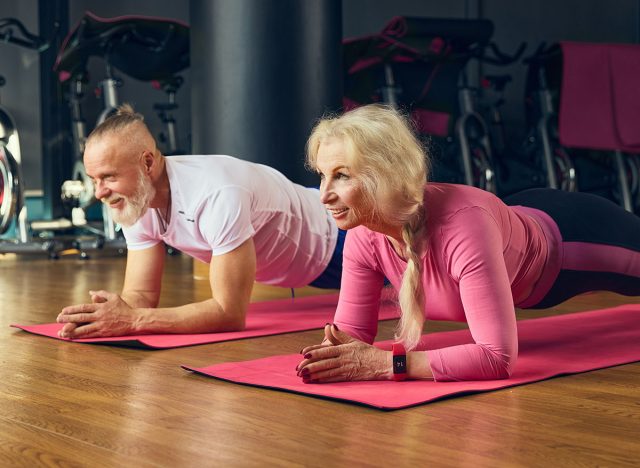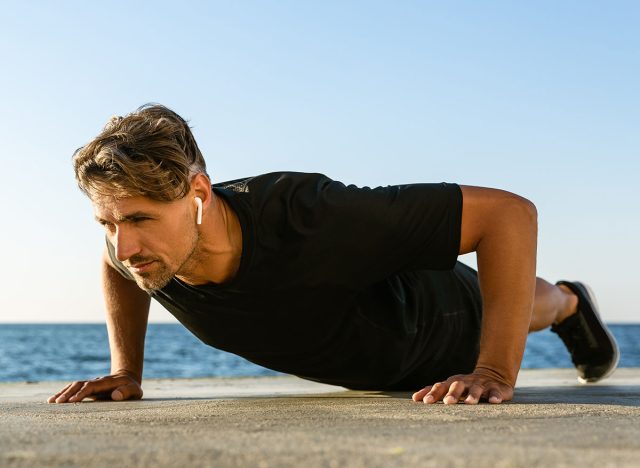5 Strength Tests Every Person Over 50 Should Master (Most Fail #2)

Strength is the foundation of aging well. It keeps you mobile, protects your joints, and enables you to handle everything from yardwork to travel with confidence. After 50, your body doesn’t just need exercise. It needs proof that you’re strong enough for the everyday challenges life throws your way.
The best way to find out is through simple, research-backed strength tests. These tests measure how well your body performs in real-world situations, not just in the gym. They highlight the muscles and skills that matter most for long-term health: balance, coordination, endurance, and functional power.
Passing them is like earning a stamp of approval from your body. Falling short is a clear sign of where you need to improve. Either way, these tests give you a roadmap to staying strong.
Here are the five strength tests every person over 50 should master. Pay attention to number two—it’s the one most people struggle with.
5 Strength Tests Every Person Over 50 Should Master
The Sit-to-Stand Test

Rising from a chair without using your arms sounds basic, but it’s one of the strongest indicators of lower-body health. This test shows how well your quads, hamstrings, and glutes work together while also reflecting balance and joint stability. Strong legs are essential for walking long distances, climbing stairs, and preventing falls.
How to Test It:
- Sit tall in a sturdy chair with your feet flat on the ground and arms crossed over your chest.
- Start the timer for 30 seconds.
- Stand up until your hips and knees are fully extended.
- Sit back down with control until your glutes touch the chair.
- Repeat as many times as possible before the timer runs out.
Performance Tiers:
- Basic: 8 to 10 reps
- Good: 12 to 15 reps
- Elite: 16+ reps
Form Tip: Drive through your heels and keep your chest up. Don’t let your knees cave inward.
The Dead Hang Test

Grip strength predicts overall health and longevity. A firm grip reflects powerful forearms, stable shoulders, and resilient connective tissue. This test also challenges your endurance, showing how well you can support your bodyweight. For many people over 50, this is the first sign of weakness, and the most valuable one to improve.
How to Test It:
- Find a pull-up bar and grasp it with your palms facing away, hands just outside shoulder-width.
- Step off the ground so you’re hanging freely with arms straight.
- Pull your shoulder blades down and back to stay active instead of dangling loosely.
- Keep your body still, legs slightly in front, and hold as long as possible.
- Stop when your grip starts to fail or your shoulders start to rise.
Performance Tiers:
- Basic: 15 to 20 seconds
- Good: 30 to 45 seconds
- Elite: 60+ seconds
Form Tip: Grip the bar tightly like you’re trying to bend it, and keep your ribs tucked down so your body doesn’t sway.
The Plank Hold

Core strength is more than six-pack muscles. It’s about protecting your spine, maintaining good posture, and transferring power between your upper and lower body. A strong plank shows you can stabilize under tension, which carries over to lifting, running, and daily movements.
How to Test It:
- Place your forearms on the ground with elbows under your shoulders.
- Extend your legs behind you so your body forms a straight line from head to heels.
- Squeeze your glutes, tighten your quads, and brace your core.
- Hold this position without letting your hips sag or rise.
- Time yourself and see how long you can maintain perfect alignment.
Passing Standard: 60 seconds with no breaks in form.
Form Tip: Imagine pulling your elbows toward your toes to keep your abs fully engaged.
The Farmer’s Carry
Few tests mimic real life better than the farmer’s carry. Whether it’s hauling groceries, carrying luggage, or moving furniture, this test challenges grip, shoulders, and core stability while walking. It’s a full-body measure of strength you can’t fake.
How to Test It:
- Pick up a pair of heavy dumbbells or kettlebells and stand tall.
- Set a distance of about 40 feet.
- Walk slowly and steadily, keeping your arms tight to your sides and your shoulders back.
- Reach the end, turn carefully, and walk back if space allows.
- Increase the weight each attempt until your form starts to break.
Performance Tiers:
- Basic: 30 to 45 seconds
- Good: 60 to 90 seconds
- Elite: 2 minutes or more
Form Tip: Keep your chest proud, steps short and controlled, and eyes straight ahead.
Strength Test #5: The Push-Up Test

Push-ups are the gold standard for upper-body strength and endurance. They test your chest, shoulders, triceps, and core all at once. Being able to move your bodyweight shows that you’re maintaining functional muscle into your later years.
How to Test It:
- Start in a plank with your hands slightly wider than your shoulders.
- Keep your body in a straight line from head to heels.
- Lower your chest toward the ground by bending your elbows.
- Press back up until your arms are fully extended.
- Perform as many as possible with perfect form.
Performance Tiers:
- Basic: Carry one-third bodyweight in each hand for 40 feet
- Good: Carry half bodyweight in each hand for 40 feet
- Elite: Carry three-quarters bodyweight in each hand for 40 feet
Form Tip: Keep your elbows tucked at about a 45-degree angle, and don’t let your hips dip or rise.
Best Tips for Staying Strong After 50
Strength doesn’t stick around without effort. You need to train it consistently and with intention if you want to keep performing well into your later years. The good news is these tests double as training tools, allowing you to build strength while working toward the standards.
Here’s how to stay ahead of the game:
- Train Three Times Per Week: Use full-body workouts with squats, hinges, presses, and carries.
- Lift With Purpose: Choose resistance that makes the final two reps of a set challenging.
- Add Functional Moves: Carries, planks, and hangs translate directly into better daily performance.
- Recover Smarter: Prioritize protein, hydration, stretching, and sleep to maximize results.
- Retest Regularly: Every two months, repeat the five tests to track progress and stay accountable.
Strong muscles protect your health, keep you independent, and improve your quality of life. Master these five tests and you’ll be setting yourself up for strength that lasts.
Looking for more easy ways to lose fat? Here’s How Long Your Walking Workout Should Be To Shrink Belly Fat.